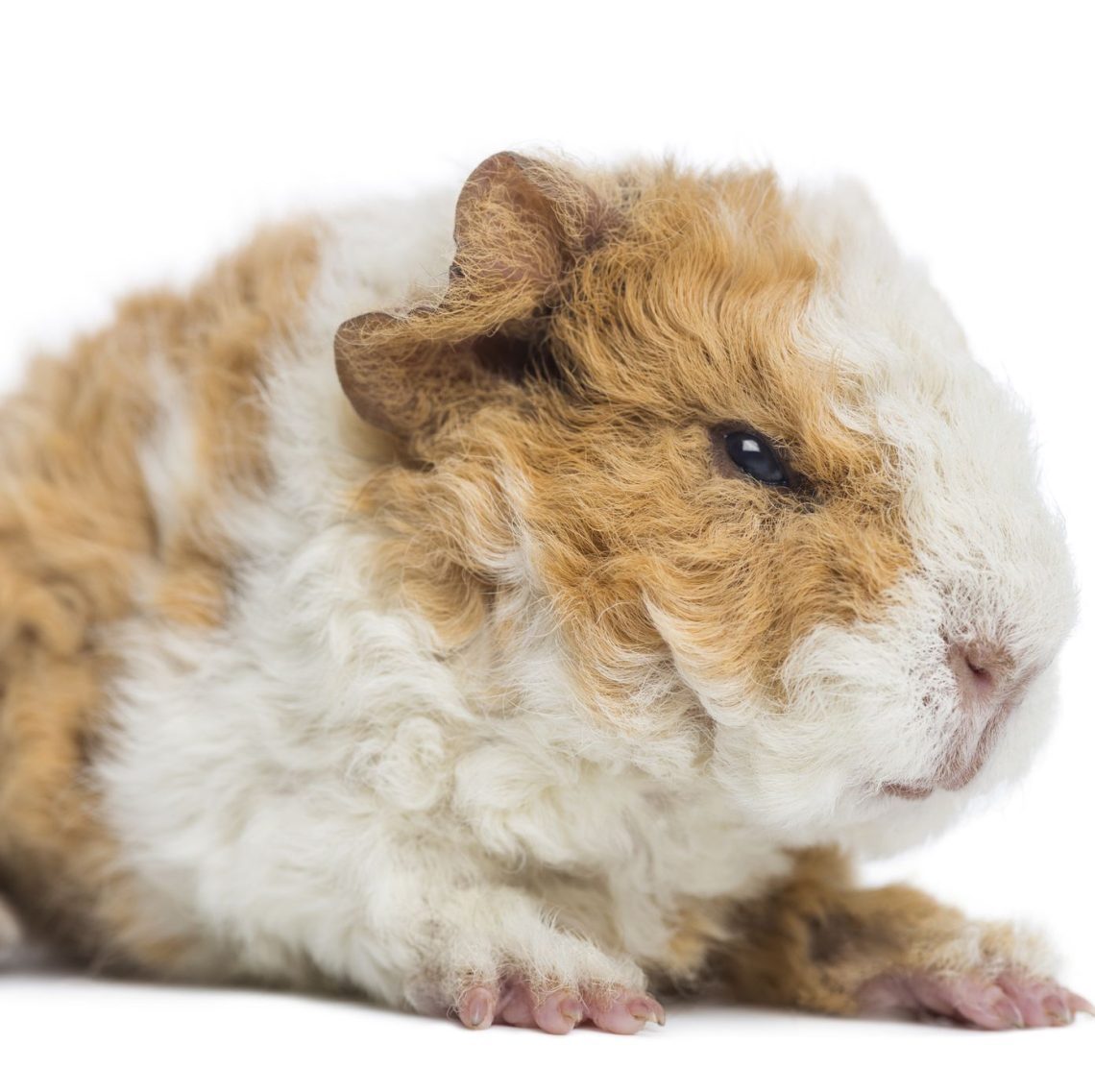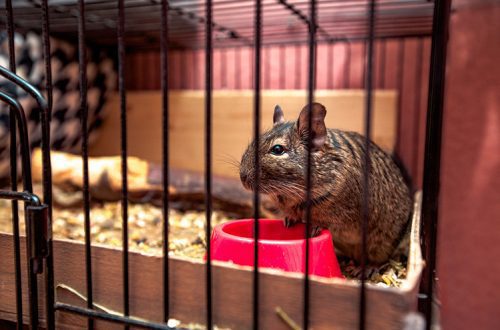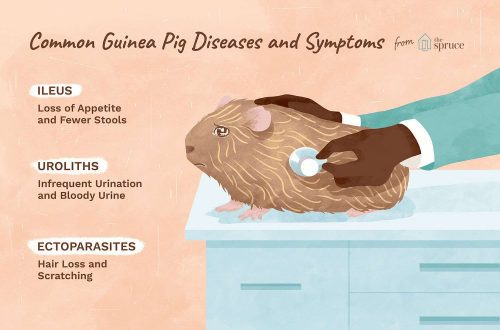
rare guinea pigs
rare guinea pigs are divided into several varieties.
Contents
Skinny (hairless guinea pigs)
These pigs were first introduced by the laboratory of Charles Rivers in 1976 in Canada. The body of this variety of guinea pigs is not covered with hair. Previously, the eyes of the skinny were red, but after selection work, the white red-eyed variety was supplemented by various colors, and the chin began to be decorated with rare curly hard hairs, mustache-like. The same hairs cover the lower part of the paws. The skinny gene is recessive, that is, this variety can only be obtained by crossing two hairless pigs. If you cross a skinny with a “woolen” relative, cubs will be born with curly hard hair, carriers of the hairless gene.
Baldwins (hairless guinea pigs)
They differ from skinny in the complete absence of wool. They have an increased body temperature, a higher metabolic rate, and therefore they eat more than their “wool” relatives.
swiss teddy
The breed, as the name implies, was bred in Switzerland in the 90s of the 20th century. However, they are not related to ordinary teddies. The Swiss teddy is the result of a gene mutation, the standard has not yet been approved, since the breed is still being formed. The wool of the Swiss teddy is very hard, even breaks when rubbed, thick, so it stands on end. Wavy hair on belly. The length of the coat is the same throughout the body (approximately 6 cm). The appearance of the Swiss Teddy will remind you of a ball of fluff or wool.
Long-haired teddy (Moscow texel)
The breed was first heard in Moscow at the end of the 20th century, which is reflected in the alternative name of the breed. The standard was not accepted: the breed has not yet been formed. If these guinea pigs participate in exhibitions, they are called “texels, but with reservations.” The body of long-haired teddies is covered with thick hair, reminiscent of texel wool, the length of which is about 15 – 20 cm. Curls are soft to the touch, not thick. The head is covered with shorter hair resembling needles. The hair on the back of the neck bends and forms a long bang.





